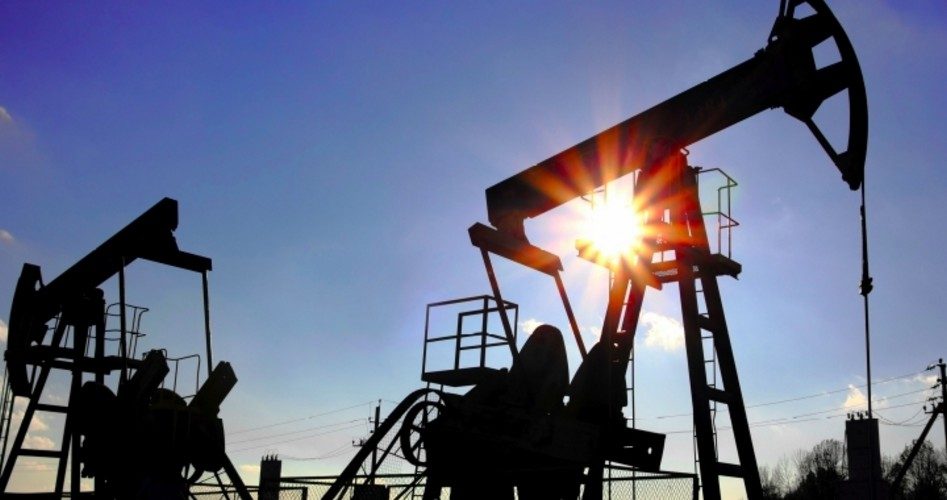
President Donald Trump’s Tweet early Thursday morning pushed crude oil prices up more than 20 percent: “Just spoke to my friend MBS (Crown Prince) of Saudi Arabia, who spoke with President Putin of Russia, & I expect & hope that they will be cutting back approximately 10 Million Barrels, and maybe substantially more which, if it happens, will be GREAT for the oil & gas industry!”
Skeptics tempered the rise, noting that there was no deal, only a promise to restart the negotiations that failed in March between members of OPEC and Russia to limit production. Russia left that meeting with “acrimony,” which started a price war in which Saudi Arabia and Russia were both pumping at near-maximum rates. Since then, crude oil prices were cut in half, with some commentators suggesting prices could drop still further, from near $25 a barrel at present to less than $10.
Skeptics also noted that a 10 million barrel a day cut, if shared equally between the two producers, would reduce each country’s production by 45 percent.
Even if the meeting, which hasn’t been scheduled yet, results in a deal of that magnitude, it will likely have precious little impact on crude oil prices. Thanks to the world-wide shutdown of economic activity in response to the coronavirus, forecasters are predicting that world-wide demand for crude oil will drop by between 15 and 22 million barrels per day.
U.S. producers have little incentive to cut back production, mostly because of their need to service their enormous debts. Consequently, the world is running out of room to store the surplus. Prices to lease supertankers have jumped by nearly 50 percent since the March meeting failed to limit production, and as a result almost all of them (estimated at more than 400 worldwide) are at sea, full of oil, with many waiting offloading instructions at various ports.
The relatively free market in crude oil will ultimately solve the problem of oversupply. In general, the breakeven point for producers is around $40 a barrel. Those producers who can produce profitably at lower prices will remain in business. Those who can’t, won’t.
And when the virus is contained and the world’s economies begin their resuscitation, demand will improve, bringing more producers back into the market.
For the time being, expect crude oil prices to stay in the 20s and gas prices to continue to drop to well below $2 a gallon.
An Ivy League graduate and former investment advisor, Bob is a regular contributor to The New American, writing primarily on economics and politics. He can be reached at [email protected].



